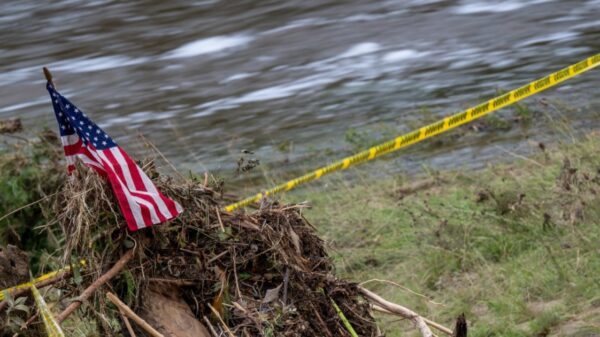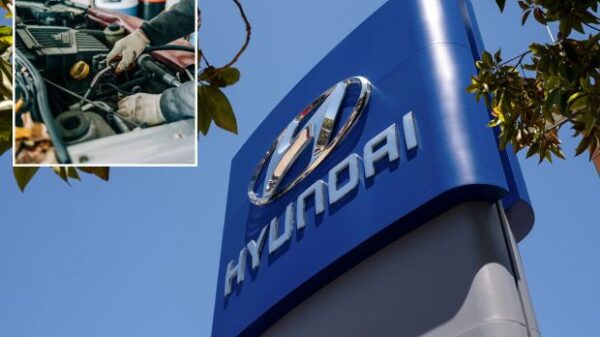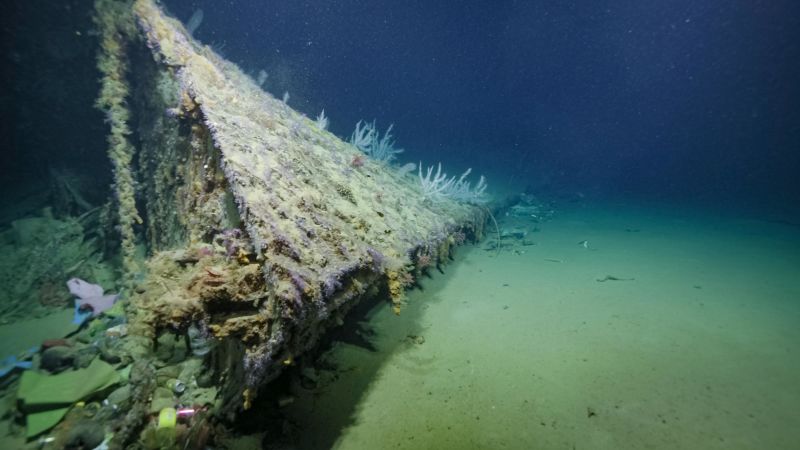The bow of the USS New Orleans, a US Navy cruiser damaged during World War II, has been located in Iron Bottom Sound, shedding light on a remarkable survival story from the Pacific theater. More than 80 years after the cruiser was torpedoed by Japanese forces, the Nautilus Live expedition confirmed the wreckage’s identity at a depth of 675 meters (2,214 feet) in the Solomon Islands.
On November 30, 1942, the USS New Orleans was struck on its portside during the Battle of Tassafaronga off Guadalcanal. The explosion from the torpedo ignited ammunition in the forward magazine, severing the bow of the 588-foot warship and resulting in the deaths of over 180 crew members out of a total of 900. In a desperate effort to save the ship, the crew sealed bulkheads to prevent flooding and made their way to the island of Tulagi, where they sourced makeshift repair materials.
Innovative Repairs and a Perilous Journey
To withstand further attacks, the crew used coconut logs to create a temporary bow. This unique solution allowed the USS New Orleans to embark on a challenging journey of approximately 1,800 miles across the Pacific to Australia for comprehensive repairs. Retired US Navy Captain Carl Schuster described the difficulty of navigating a warship in reverse, emphasizing the complexities involved in steering without a functional bow.
“‘Difficult’ does not adequately describe the challenge,” Schuster stated. He noted that with a ship’s stern designed for stability in calm waters, navigating through waves while moving backward posed significant risks. The loss of the bow also shifted the ship’s center of maneuverability, complicating steering and response to environmental conditions.
Despite these challenges, the crew’s ingenuity led to the USS New Orleans being repaired effectively. Following its return to the US naval yard at Puget Sound, Washington, the ship participated in several key battles in the Pacific, including the decisive confrontations at Saipan and Okinawa. Its service earned the USS New Orleans a total of 17 battle stars, ranking it among the most decorated vessels in the Pacific theater.
Significance of the Discovery
The bow’s discovery came amid the 21-day Maritime Archaeology of Guadalcanal expedition, conducted by Nautilus Live in collaboration with several organizations, including NOAA Ocean Exploration and the University of New Hampshire. Iron Bottom Sound, previously known as Savo Sound, acquired its current name due to the numerous naval vessels lost during intense battles between August and December 1942. The area saw over 20,000 lives lost and the sinking of 111 naval vessels and 1,450 aircraft.
The expedition aims to locate more wrecks from this significant period of history, highlighting that fewer than 100 military ships and planes from the US, Japan, Australia, and New Zealand have been identified previously. The ongoing exploration is being live-streamed on nautiluslive.org, allowing the public to witness the historical discoveries in real-time.
The USS New Orleans’ story exemplifies the resilience and resourcefulness of its crew during one of the most tumultuous periods in naval history. As researchers continue to explore Iron Bottom Sound, the legacy of the New Orleans and other sunken vessels remains a poignant reminder of the sacrifices made during the war.






















































